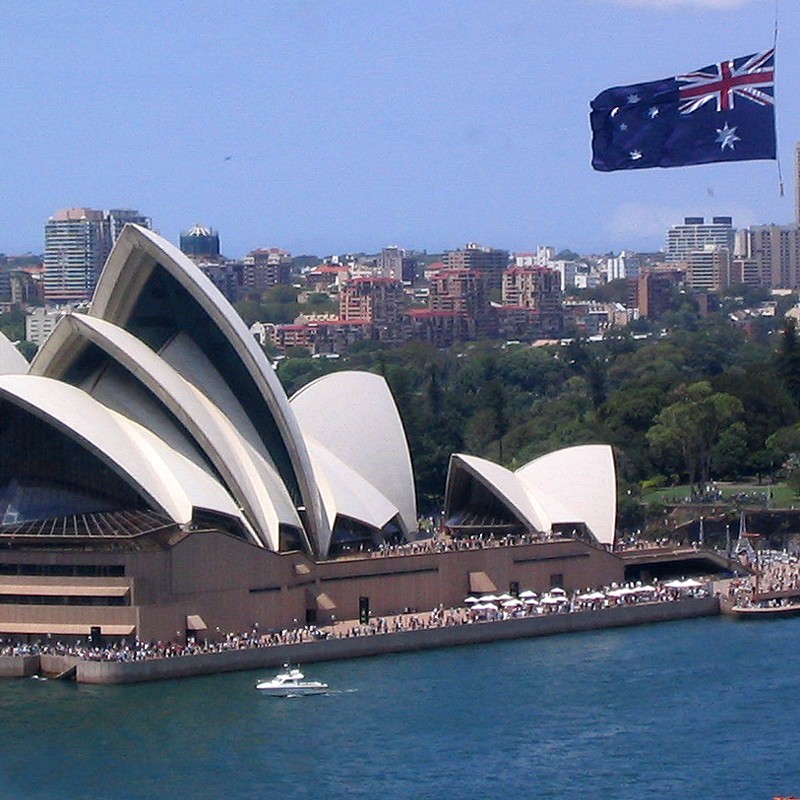Published:
Australia’s economy is one of the largest in the world, with solid industries in mining, agriculture, and services. Major cities, such as Sydney, Melbourne, Brisbane, Perth, and Adelaide, are centers of commerce, culture, and innovation. The country's relationship with Laos, in particular, has allowed it to flourish across multiple international business sectors.
Private consumption accounts for, by far, the largest share of GDP in the country. Australia has a country risk rating of A2, indicating that they have low risk, a practically stable and efficient business environment, and an excellent political and economic situation. They also have a business climate rating of A1, indicating very low risk, available and reliable corporate financial information, efficient debt collection, great institutional quality, and smooth-running intercompany transactions.
In 2024, economic growth will likely remain below its long-term trend as high-interest rates temper consumption and investment. After that, weakening Chinese demand for Australian commodities will be a significant factor in subduing the economy’s performance.
Along with this, Australia’s economy is set to grow steadily, with an average annual Real GDP growth of 1.8% from 2023 to 2050. This growth is supported by export opportunities from free-trade deals and ties with Asian economies. Unlike many OECD countries, Australia’s population is expected to age more slowly due to continued net immigration. A focus on higher-value-added services, improvements in human capital, and regulatory reforms will boost productivity.
As of recent news in the country, the leaders of Australia and Laos signed an agreement that deepened their bilateral ties on the final day of a Southeast Asian summit. Australian Prime Minister Anthony Albanese and his Laos counterpart, Sonexay Siphandone, co-chair the special ASEAN summit in Melbourne, marking 50 years since Australia became the bloc’s first external partner. This agreement establishes a comprehensive partnership, laying the groundwork for collaboration on defense, environment, climate, clean energy, agriculture, and education. While Laos is the bloc’s poorest nation, it took over ASEAN’s rotating leadership from Indonesia this year and is pursuing a theme of enhancing connectivity and resilience.
Furthermore, The Australian Government has appointed prominent business leader Nicholas Moore to spearhead the development of Australia’s Southeast Asia Economic Strategy up to 2040. This strategy aims to identify emerging trade and investment prospects in critical Southeast Asian sectors and align them with Australian capabilities. Recognizing the significance of quality Australian business investment in bilateral relations, the strategy intends to foster growth in this area. By pinpointing opportunities in Laos and highlighting them to Australian businesses, the Southeast Asia Economic Strategy aims to benefit both countries mutually. Paul Kelly, Australian Ambassador to the Lao PDR, made a very positive statement after the countries met together: “As Australians reflect on our national day and look forward to the future, I am confident about Australia’s relationship with the Lao PDR given the strong foundations that underpin it."
File under






